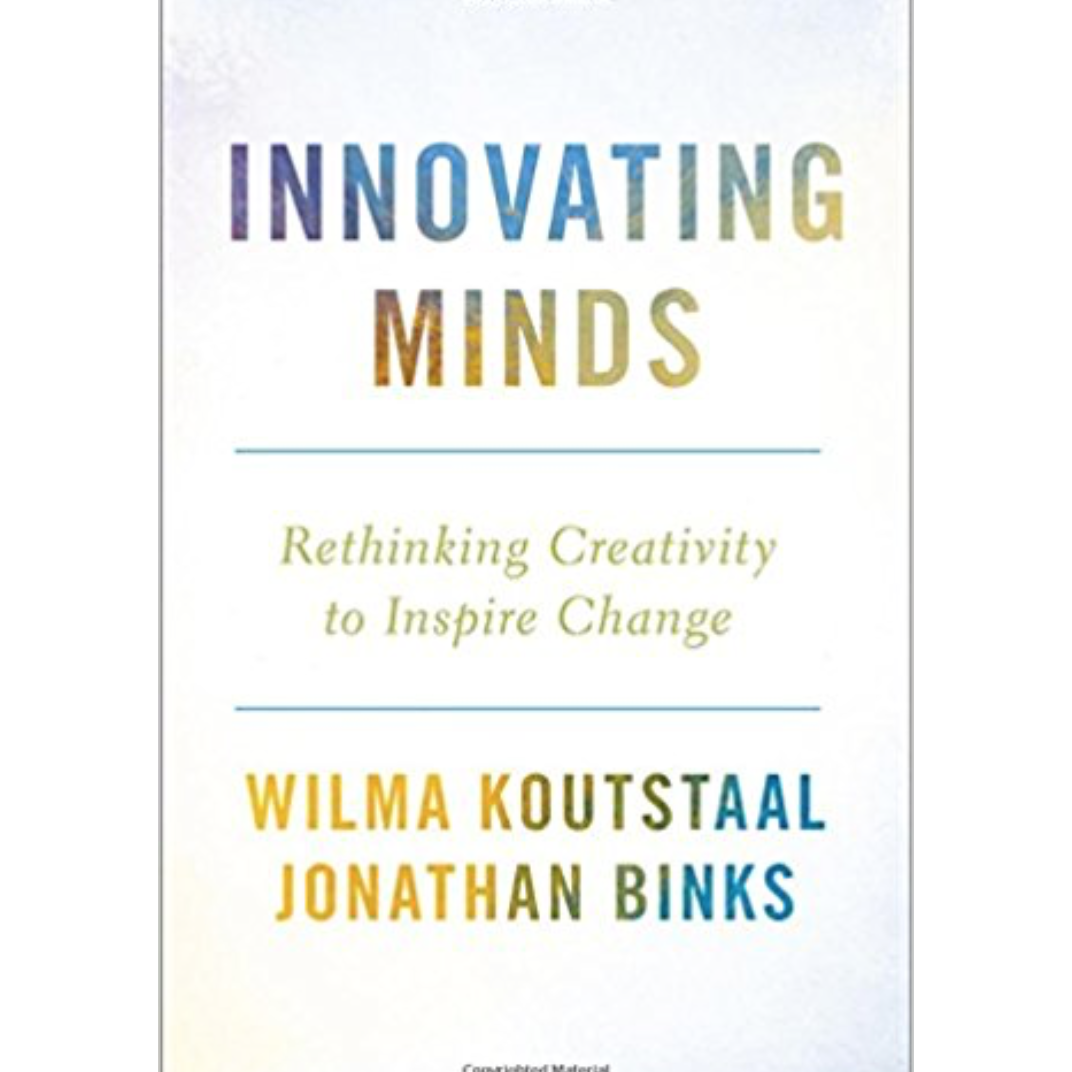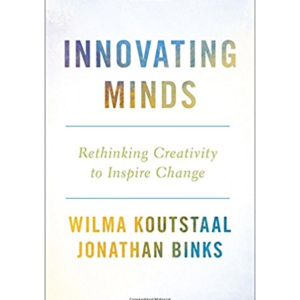

Our ideas come about from cyclical interactions among our minds, brains, and environments. Thinking occurs in our minds, supported by our brains. Our brains integrate signals from our bodies, and our bodies are continually exploring our environment. Depending on these interactions, different ideas can come to mind with differing levels of ease or challenge. To generate new and creative ideas it can be helpful to allow our thinking to oscillate between “zooming in” and “zooming out.” Changing levels of abstraction can help us reason by analogy, reduce our working memory load to create more space to think openly, and diminish our tendency to see objects in terms of only their intended use rather than in terms of all their possible uses.
Several distributed networks in the brain work together to orchestrate our creative thinking. The executive control network helps us plan, pay attention, and monitor progress towards a goal. The default mode network is important for imagining, thinking about the future, and taking others’ perspectives. The salience network helps us detect information in our environment, integrate information that is important to us, and switch between the utilization of other networks in the brain. Koutstaal and Binks explain that the brain’s prefrontal cortex is important for abstract thinking. They also explain the role of dopamine, a neurochemical, in producing cognitive stability and flexibility and in seeking new experiences, which can prompt creativity.
Either by our own violation or because of factors in our environment, our focus can shift from being pointed and deliberate to being expansive and free-flowing. The creative process necessitates both deliberate and spontaneous thoughts. Reducing our intense, pointed attention or allowing our minds to wander can foster creativity by making space for a greater variety of stimuli in the environment to enter our awareness. This, in turn, can shape the way we think about a challenge and impact our ability to notice opportunities to fill a need. On the other hand, intense focus and control allow us to persist through obstacles to achieve a creative goal.
The authors identify several factors that can boost creativity. A few of the examples the authors offer include: instructing people to think differently, having practiced and prepared for the demands of a creative task, explaining creative ideas to others to prompt shifting levels of abstraction, minimizing distractions to allow for a state of flow, adding and removing constraints within a creative problem, improvising, and thinking about the future without losing sight of the present.
Change begets change. More experience can foster more creativity. When teams or organizations seek to change or innovate, both the individual members of the group and the group as a whole impact the group’s adaptability. Teams that are more receptive to novelty, more emotionally stable, and more reflective about their practices are better able to change. Optimism is beneficial in promoting creativity, but it must be paired also with the ability to critique and be skeptical from time to time.
Ultimately, Koutstaal and Binks suggest identifying meaningful goals, finding synergy among one’s goals, being driven by one’s goals while remaining open to change in light of new information, modulating the extent to which our goals come to mind when we need them, and modifying our goals when needed. Because of the insights in this book into the innovation process and the examples of successful creative individuals and teams, Innovating Minds is likely to advance the way any reader thinks about the creative change process.
Koutstaal, W., & Binks, J. (2015). Innovating Minds: Rethinking Creativity to Inspire Change. New York: Oxford University Press.




